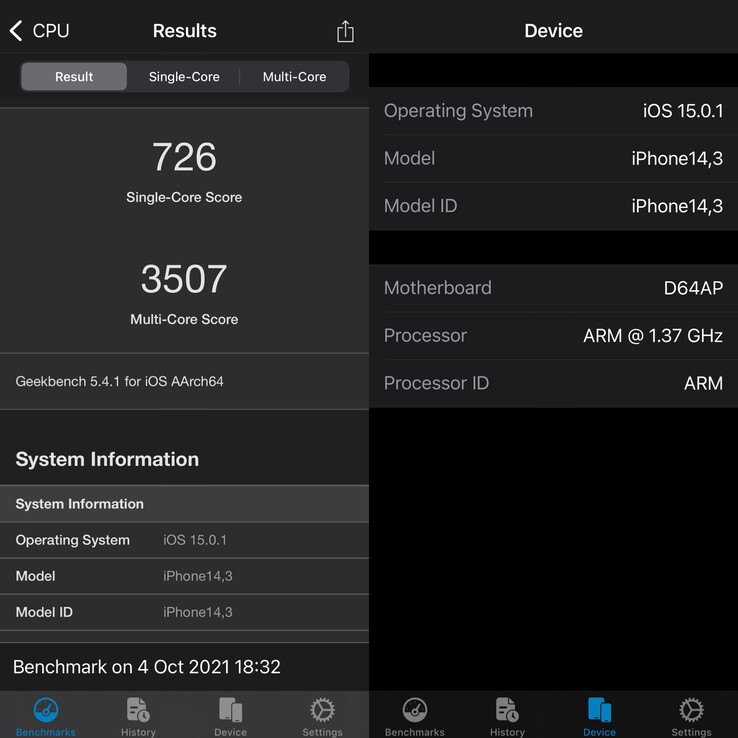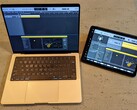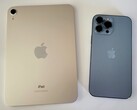Apple’s Arm-based chip designs as has been well-established are at the top of the performance heap when it comes to performance-per-watt. Under the late Steve Jobs, the company decided to pursue custom in-house chip designs to give it a competitive edge and acquired PA Semi and Intrinsity to help make this happen. Its mobile chips have become so powerful that it has been able to ditch long-term partner Intel’s chips and start fitting them to its MacBooks and Macs.
The latest of its mobile chip designs, the A15 Bionic, comes in three (relatively minor) variations and has found its way into the iPad mini 6, the iPhone 13 and the iPhone 13 Pro, which gets the most powerful version. Geekbench 5 results show that it delivers a single-core score of around 1760 and a multi-core score of around 4870. With the right amount of RAM, the A15 Bionic could easily power a device like the MacBook Air while even running pro Mac apps.
Earlier today, Twitter user @BureauRussell posted a Geekbench run of the iPhone 13 Pro Max in low power mode and it was surprising. We did the same with our iPhone 13 Pro Max and recorded a single-core score of 726 and a multi-core score of 3507. To the best of our knowledge (this has not been publicly documented), Apple deactivates the two high-performance 'Avalanche' cores in A15 Bionic when in low power mode, and only runs its four high-efficiency 'Blizzard' cores. The Geekbench 5 diagnostic data also shows these to be clocked at just 1.37 GHz. Whatever Apple is doing to extend battery life, its performance remains excellent.
Even with low power mode enabled, its multi-core score matches the multi-core score (3424) of the Qualcomm Snapdragon 888 as fitted to the Samsung Galaxy Z Fold3 in its usual performance trim -- which in this case means four high-performance cores (based on Arm’s Cortex-X1 (1x), Cortex-A78 (3x) and four efficiency cores (based on Arm’s Cortex-A55 (4x)) all fully active. Samsung is known to have slightly undervolted the SD888 in the Fold3, but even then, nothing can really detract from the A15 Bionic's performance in low power mode.
While synthetic benchmarks never tell the whole story when it comes to the overall user experience, in this case, it does effectively underline just how far ahead Apple’s custom silicon is. Qualcomm recently acquired Nuvia, a fabless chip design company founded by former top Apple chip designers in an attempt to catch up. Initial results of this acquisition aren’t expected to emerge until later in 2022 at the earliest, but even then they will have to fend off a lawsuit brought on by Apple which has accused Nuvia of using its IP.
Buy a renewed iPhone 12 64 GB model in blue fully unlocked from Amazon for just US$668.
Source(s)
@BureauRussell via Twitter


 Deutsch
Deutsch English
English Español
Español Français
Français Italiano
Italiano Nederlands
Nederlands Polski
Polski Português
Português Русский
Русский Türkçe
Türkçe Svenska
Svenska Chinese
Chinese Magyar
Magyar














